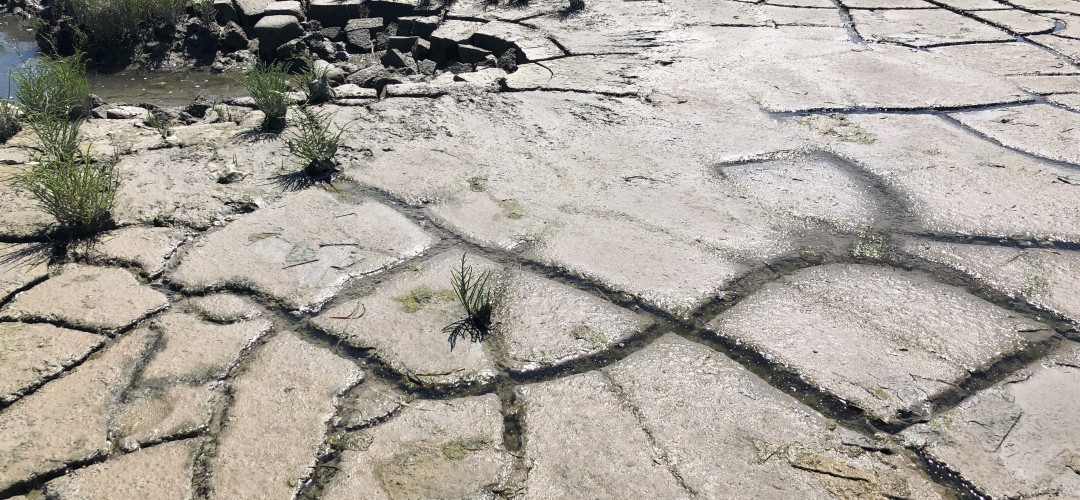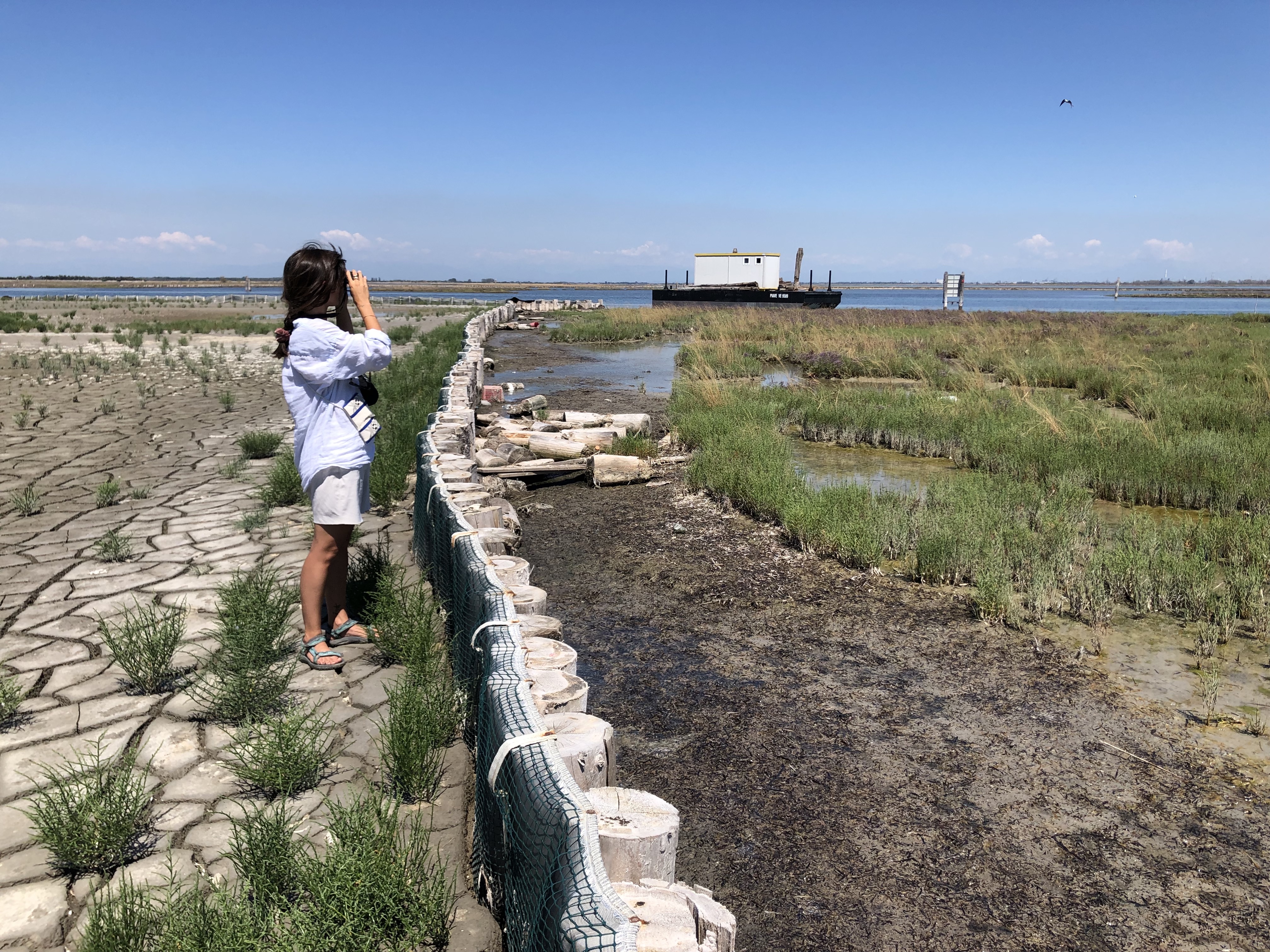Natural Capital: assessing future opportunities
Natural Capital: assessing future opportunities

Even if the private sector is seen as part of the problem, it must also become part of the solution.
The recent string of natural disasters combined with the Covid-19 crisis has highlighted more than ever the need for business to take into consideration all forms of capital, revealing with greater clarity that "business as usual" is vulnerable to a range of outside influences, not just market forces.
Nature has been exploited to support economic growth, and the Dasgupta review [on the economics of biodiversity](2021) has highlighted how this needs to change to secure long-term and sustainable development of both economies and human wellbeing.
The crisis has further emphasised the need for business to shift from shareholder value to stakeholder-focused business models, implementing Corporate Social Responsibility paradigms while understanding the wider implications of business decisions.
At business and policy levels the Natural Capital Approach has emerged as a means for identifying and quantifying natural resources and associated ecosystem goods and services that can help integrate ecosystem-oriented management with economic decision-making and development. According to the Natural Capital Protocol, natural capital is the stock of renewable and non-renewable natural resources that combine to yield a flow of “services” to people that, in turn, provides value to business and the society at large. The “stocks” refer to the natural resources available to us while the “flows” refer to the different benefits people receive from ecosystems such as pollination, water and climate regulation among others. Importantly, biodiversity underpins both stocks and “ecosystem services” and is critical to the quality and the stability of natural capital in so much that it provides resilience to shocks like floods and drought, as well as supporting fundamental processes such as carbon and water cycles and soil formation.
In essence, the terms “capital” and “stocks” are used as metaphors to help describe the role of nature within our economy, similarly the fundamental base for the goods and services our society benefits from.
Our individual and collective actions build or degrade natural capital, depending on how we use it. Most businesses of scale impact and depend on natural capital and biodiversity to some degree and are subject to risks and/or opportunities associated with those impacts and/or dependencies. Financial performance is irrelevant on a dead planet and companies are increasingly affected by natural capital related risks. According to the World Economic Forum’s Global Risk Report 2019, 3 of the top 5 risks in terms of both likelihood and impact are environmental.
This illustrates how natural capital underpins all other capitals, and thus more than ever, businesses are needed to understand, manage and mitigate their natural capital impacts and dependencies assessed in the context of risks and opportunities.
The role that the financial sector plays in enabling biodiversity loss and damage is increasingly evident, and failure to manage biodiversity risks is having direct and tangible impacts on financial performance, reputational risks and long-term depositor commitments. Studies have shown that the total economic impact of Hurricane Katrina (2005) (approximately US$150 billion) was significantly higher than would have been the case if coastal wetlands in the region had been preserved (UNEP, 2018).
The good news is that, where there is risk, there is opportunity: assessing natural capital is to assess businesses’ relationship with nature
This will inform in turn the business model, and there are also numerous other ways to use this information.
The valuing nature movement is gaining momentum as it is incorporated in accounting standards, business commitments and policy changes all around the world, as shown by the very recent approval of the EU Corporate Sustainability Reporting Directive (CSRD) which addresses shortcomings in existing legislation on the disclosure of non-financial information and thus on companies’ environmental dependencies and social standards.
Applying and integrating a natural capital approach could be very technical - also considering the wealth of intellectual contents, tools and approaches that already exist in the field - hence the importance to have a good understanding of what kind of information - general and site-specific - is needed in order to inform decisions. Nonetheless, in many cases natural capital assessment can be a bottom-up effort, facilitated by the internal engagement of businesses’ departments and driven by examples from similar realities.
The natural capital approach can lead to organisational change in support of broader (more sustainable and fairer) business goals. Importantly the various stakeholders can use this analysis for a multitude of decisions: policy-makers can use it to integrate decisions on infrastructure planning with coastal conservation; NGOs can use the economic valuation of ecosystem services to fine tune wetland restoration appeals hence conducting more targeted advocacy for scaling up conservation; public donors and private investors, as well as public institutions, can use this analysis as a due diligence baseline for grants and testing payment-by-results-based financing solutions.

Vital is part of this movement in the Venice arena
Vital is part of this movement in the Venice arena and its main objective is to bring to the attention of entrepreneurs, public administrators and citizens the risks and the opportunities related to valuing Venice Natural Capital, promoting a form of economic development that is more resilient, both environmentally and socially, and a better alternative to the “monoculture” of the tourism and shipping industries which considerably impact on natural capital.
Vital identifies opportunities for the restoration and expansion of salt marsh in the Venice lagoon, also considered a nature-based solution that supports the business case for disaster and climate resilience. Nature-based solutions can contribute to increase/enhance the stock of natural capital while also specifically addressing needs and challenges of businesses and society, hence attracting new forms of financial investments, affecting also the economic and social capital of the city, providing jobs that contribute to preserving or restoring the quality of the environment.
◾